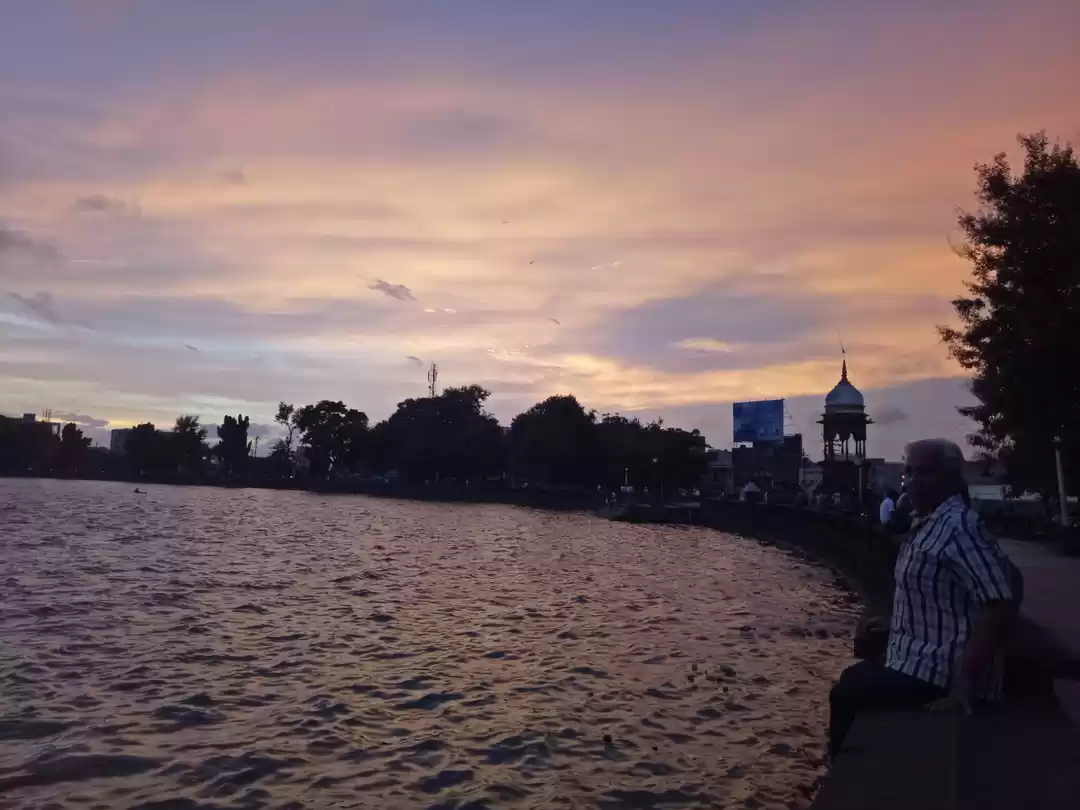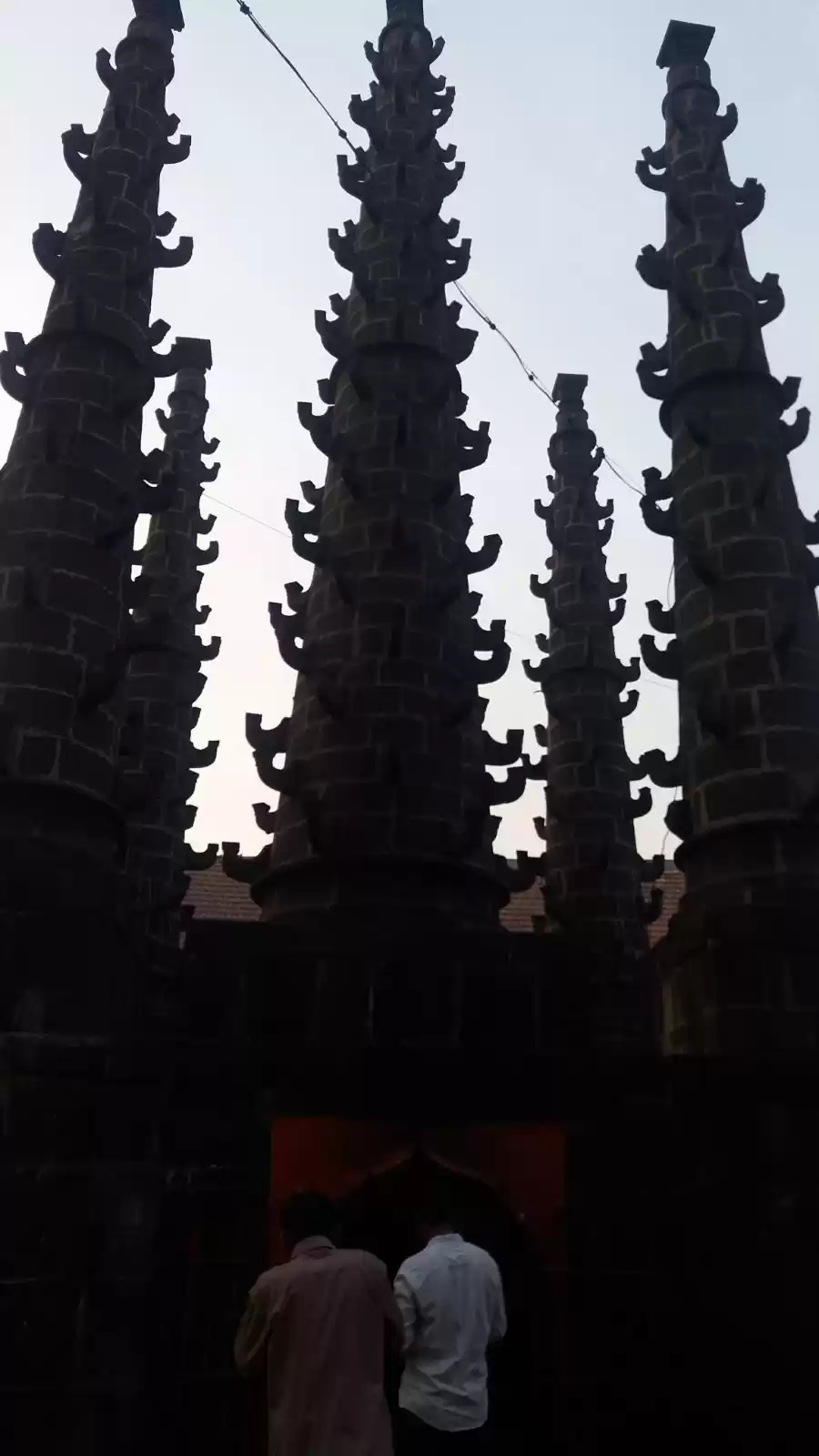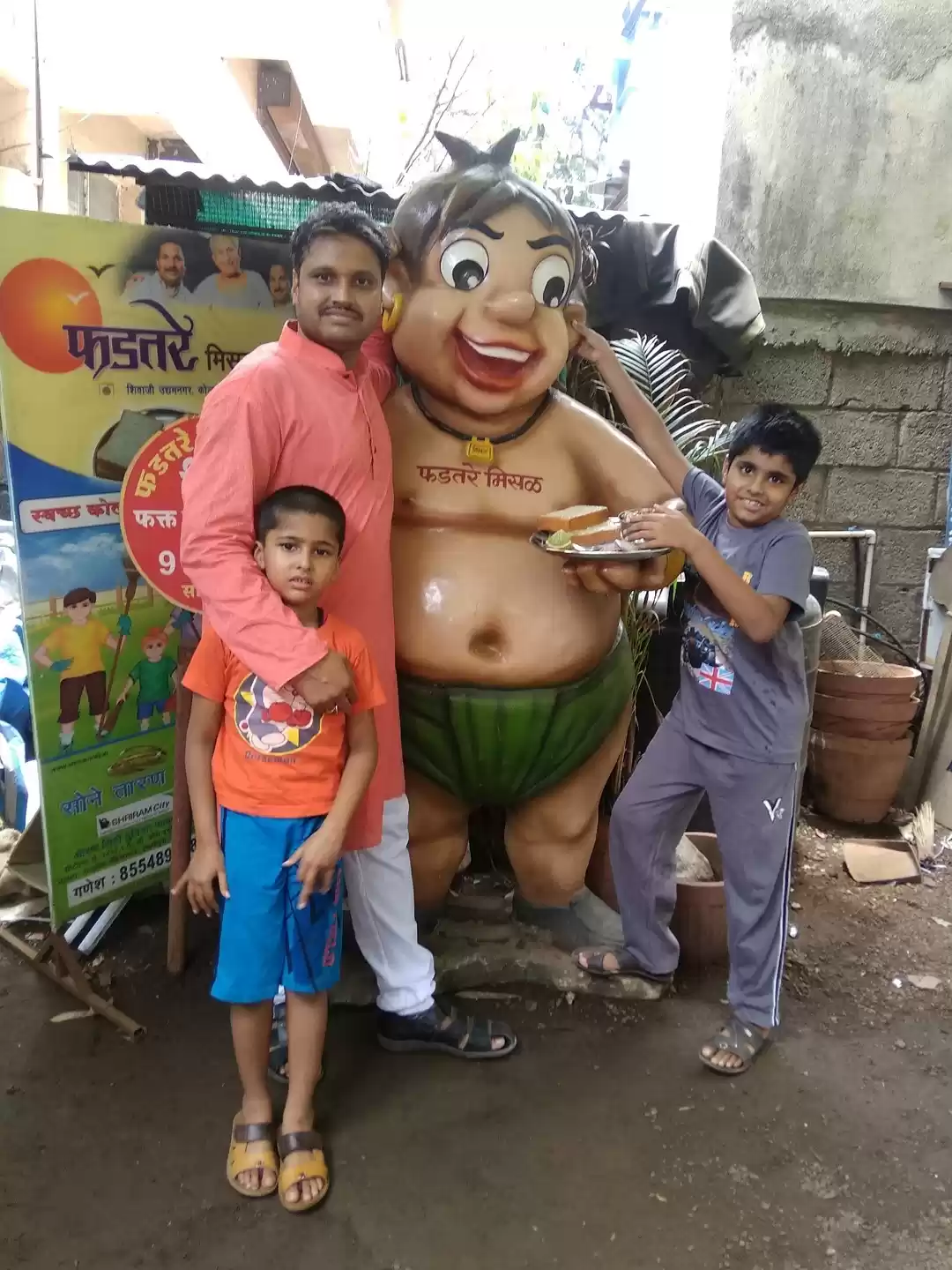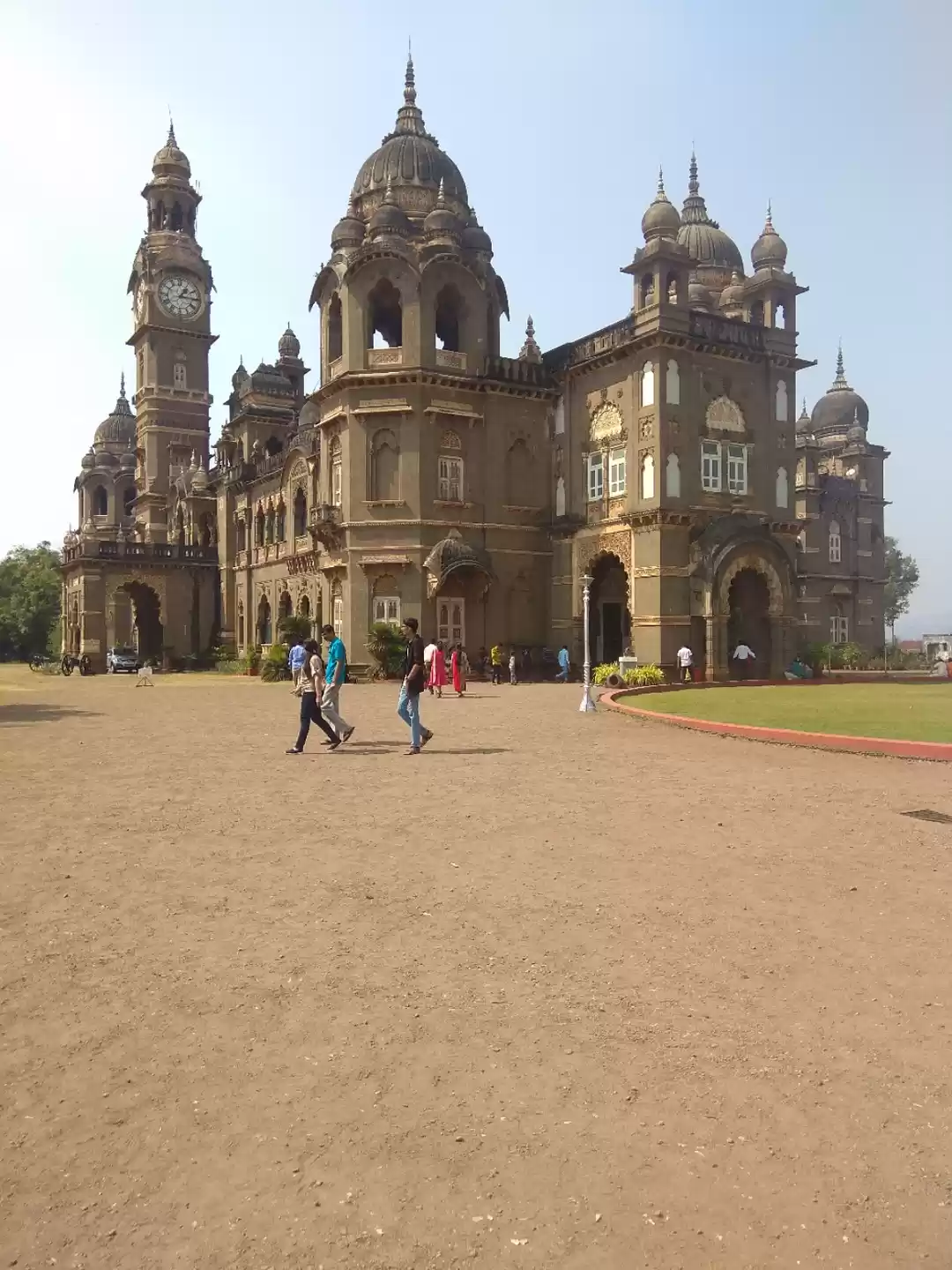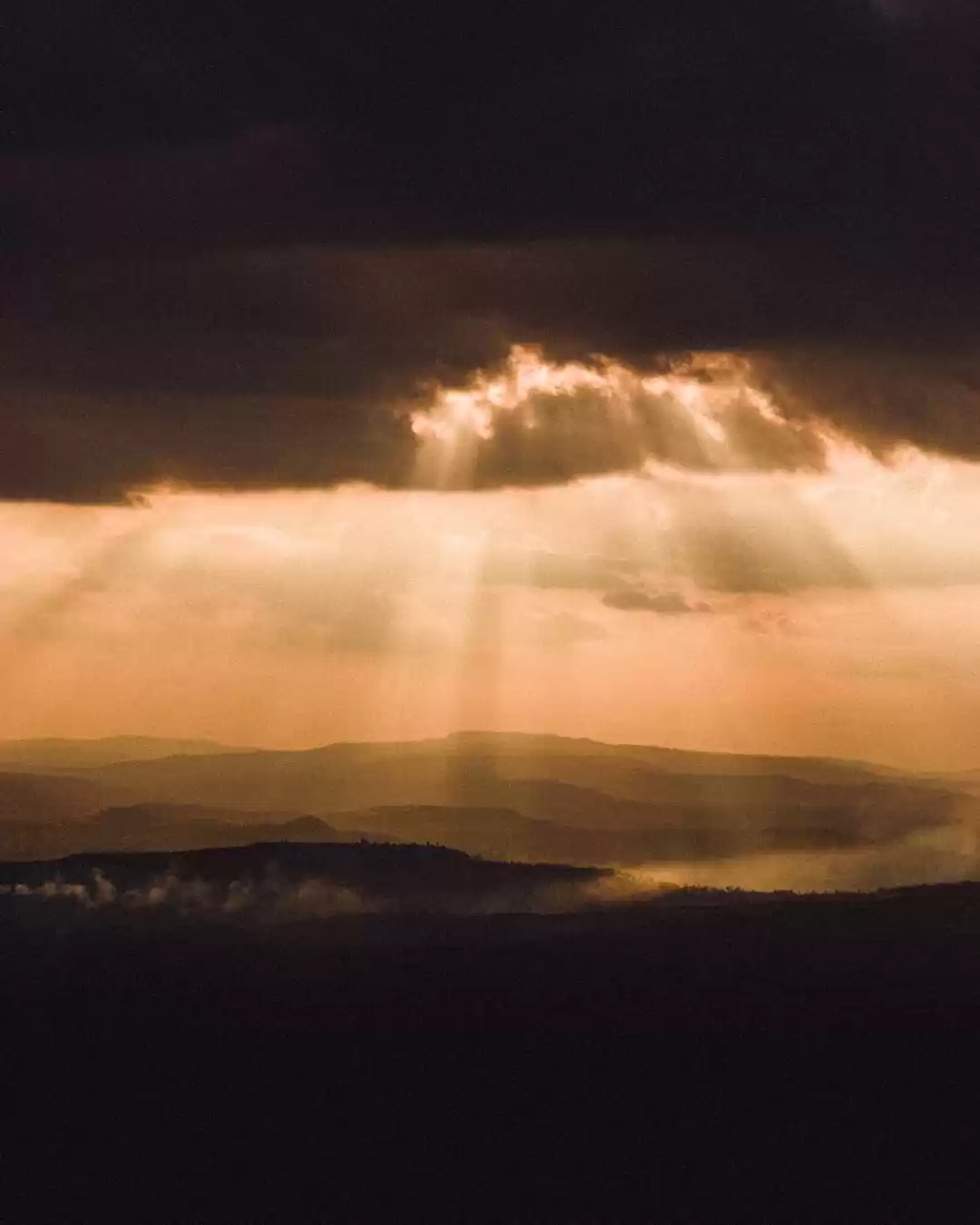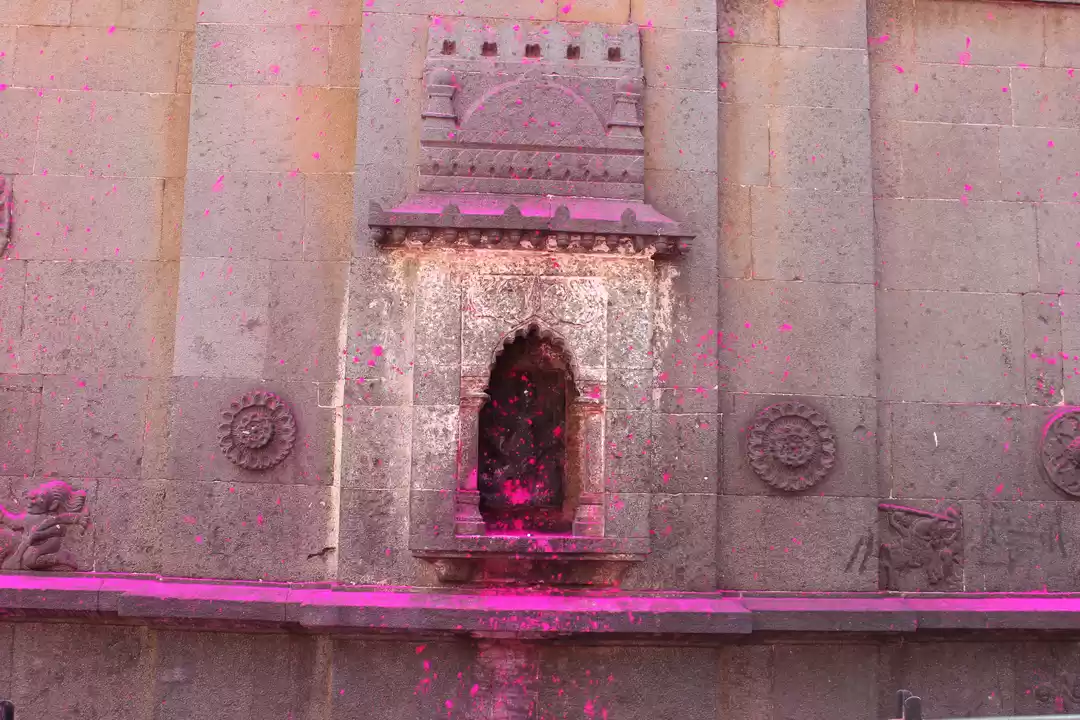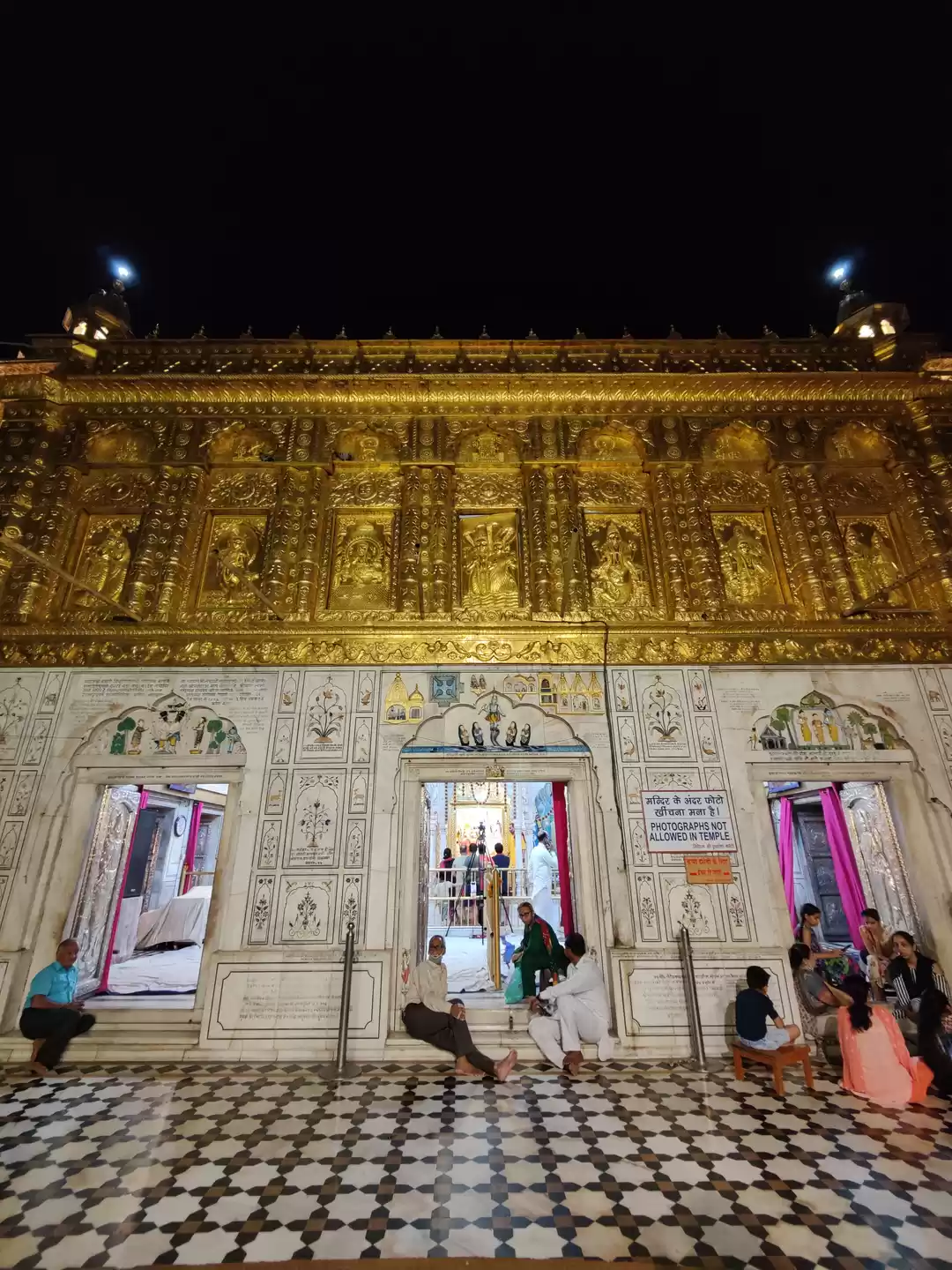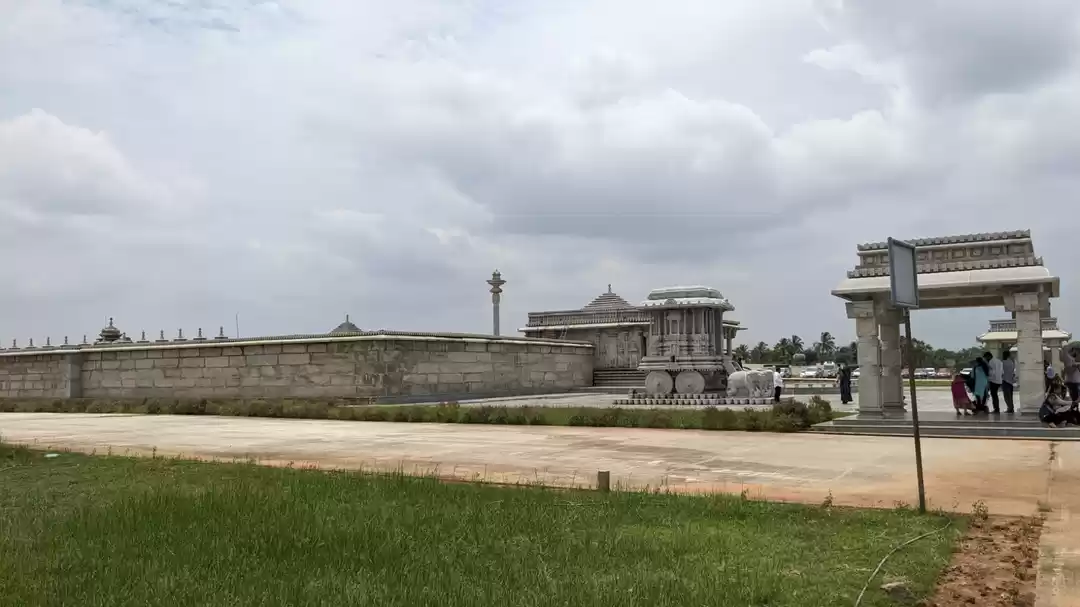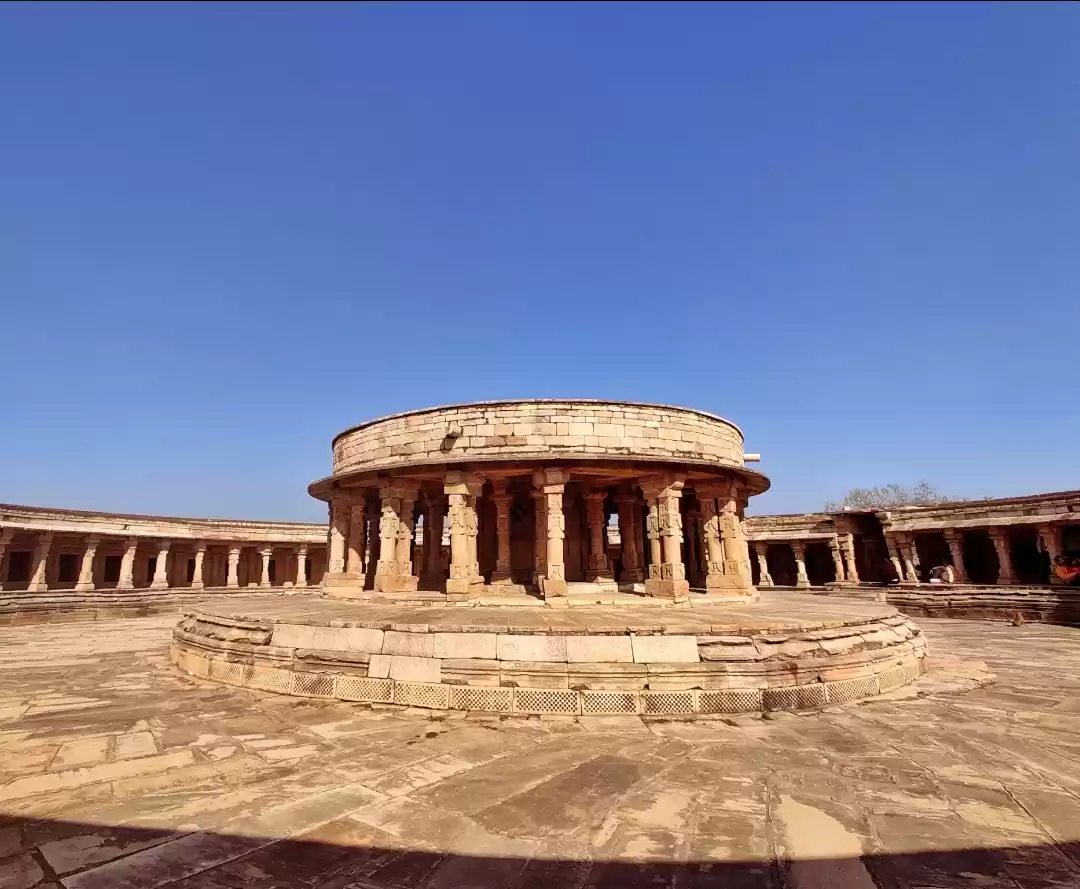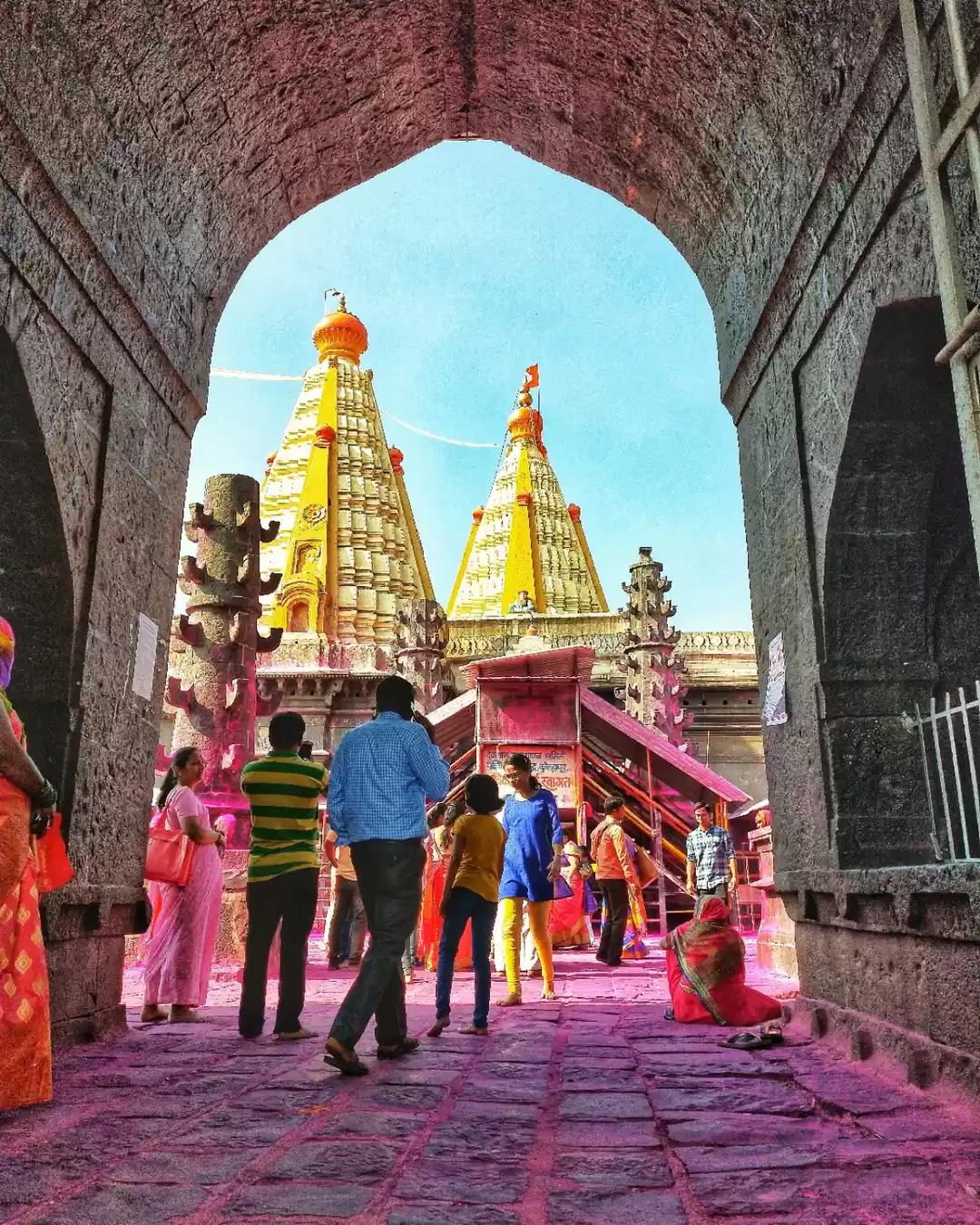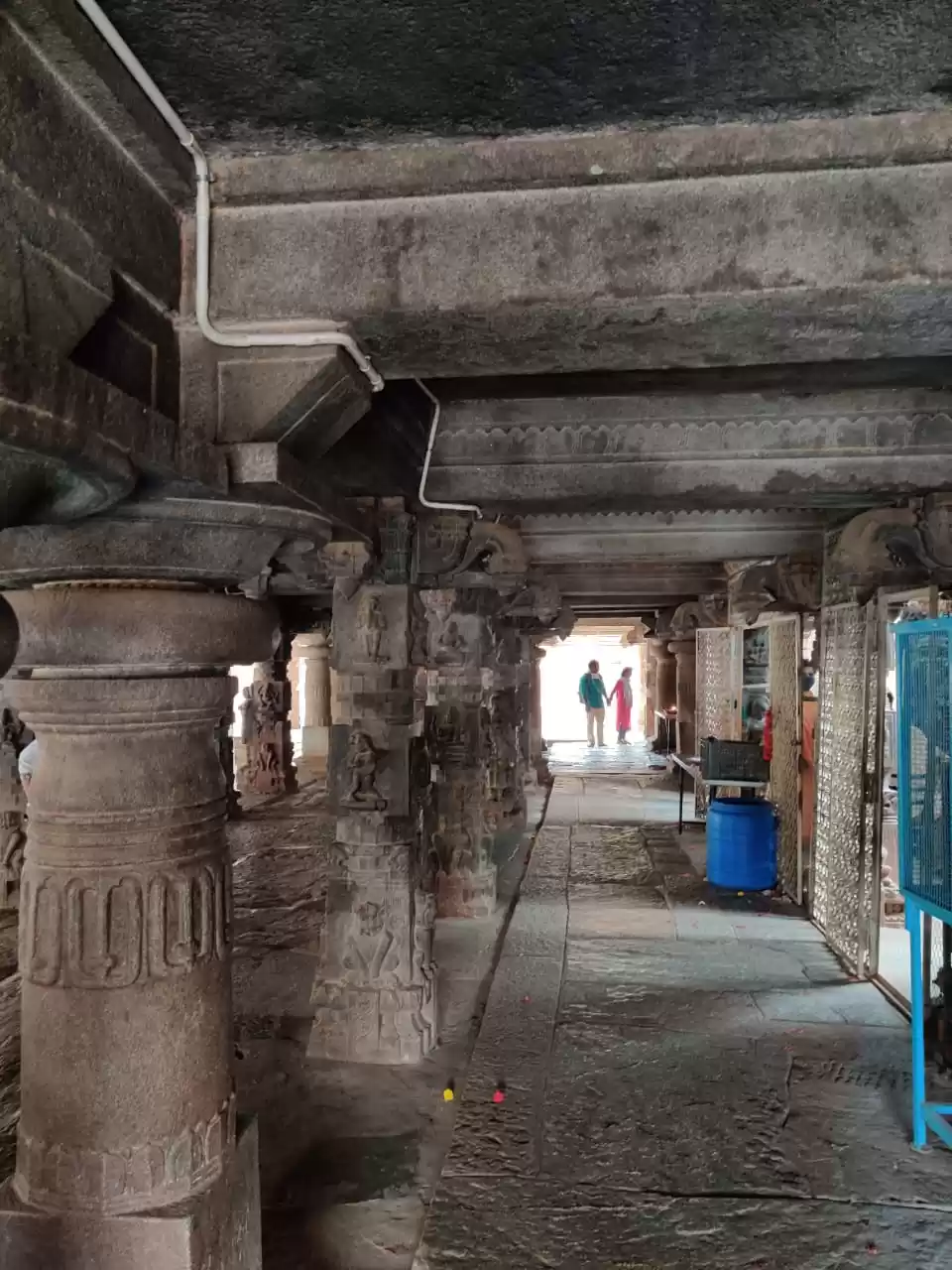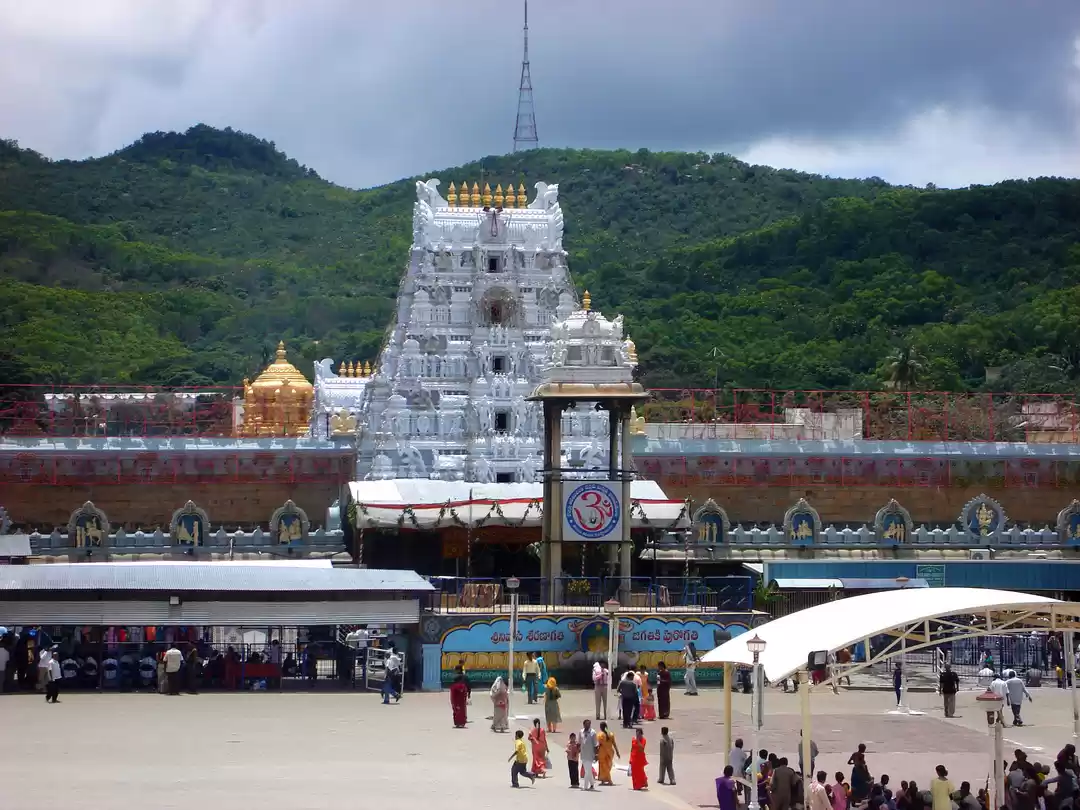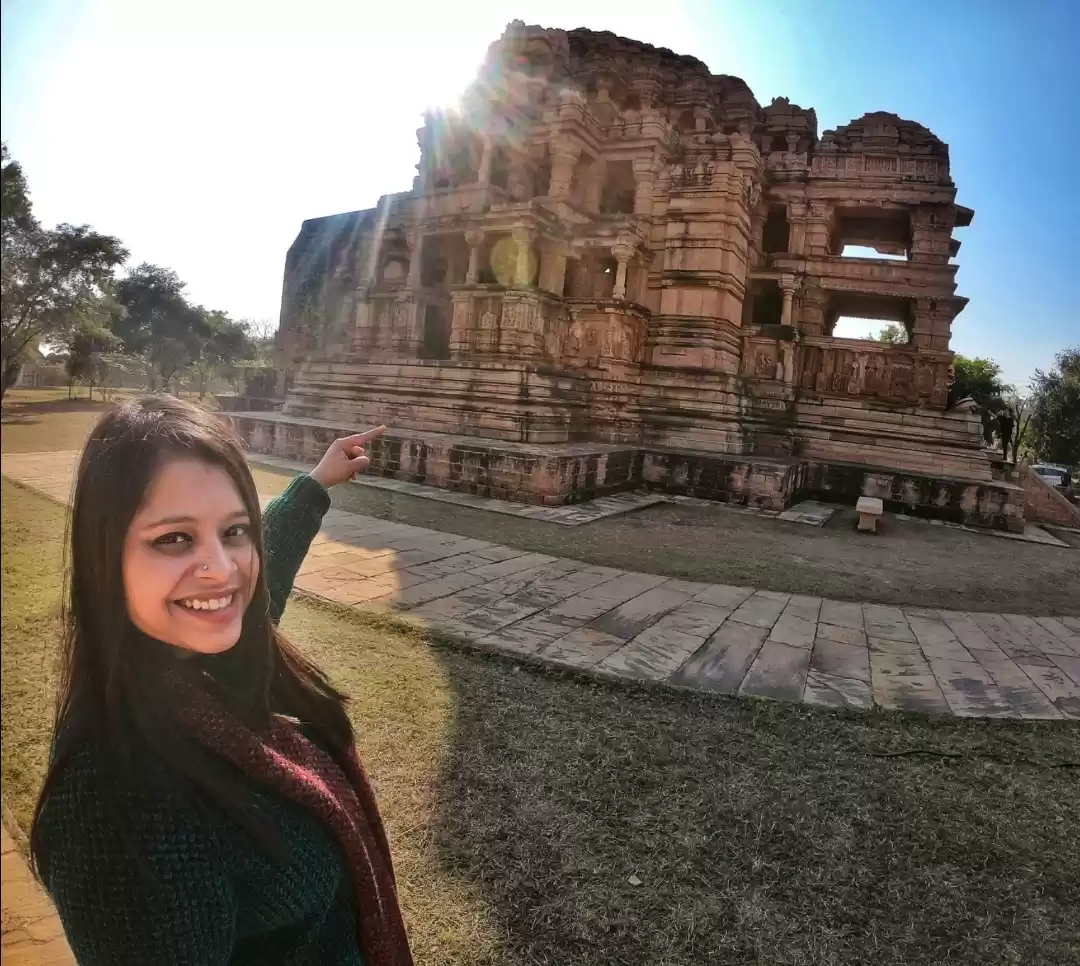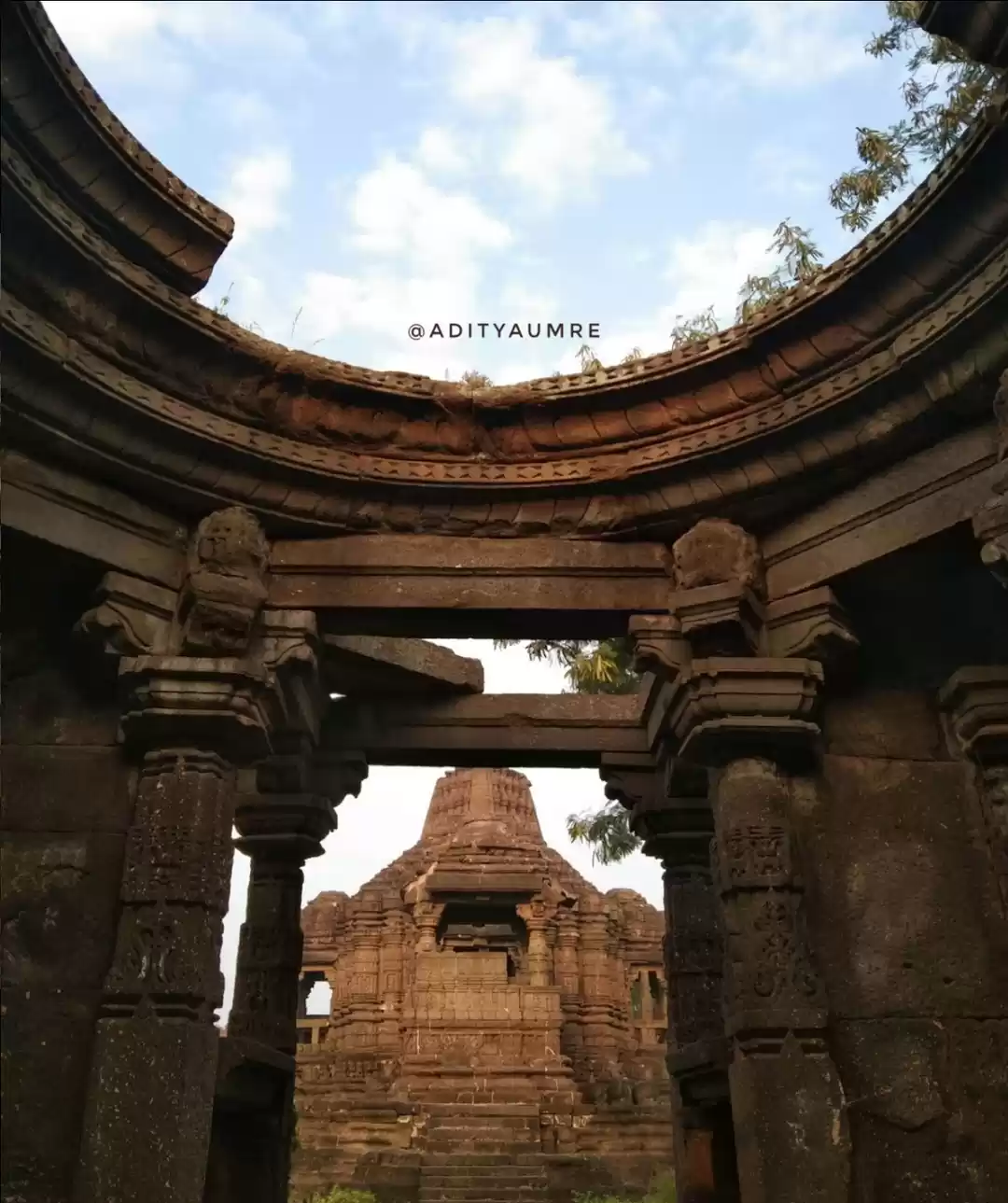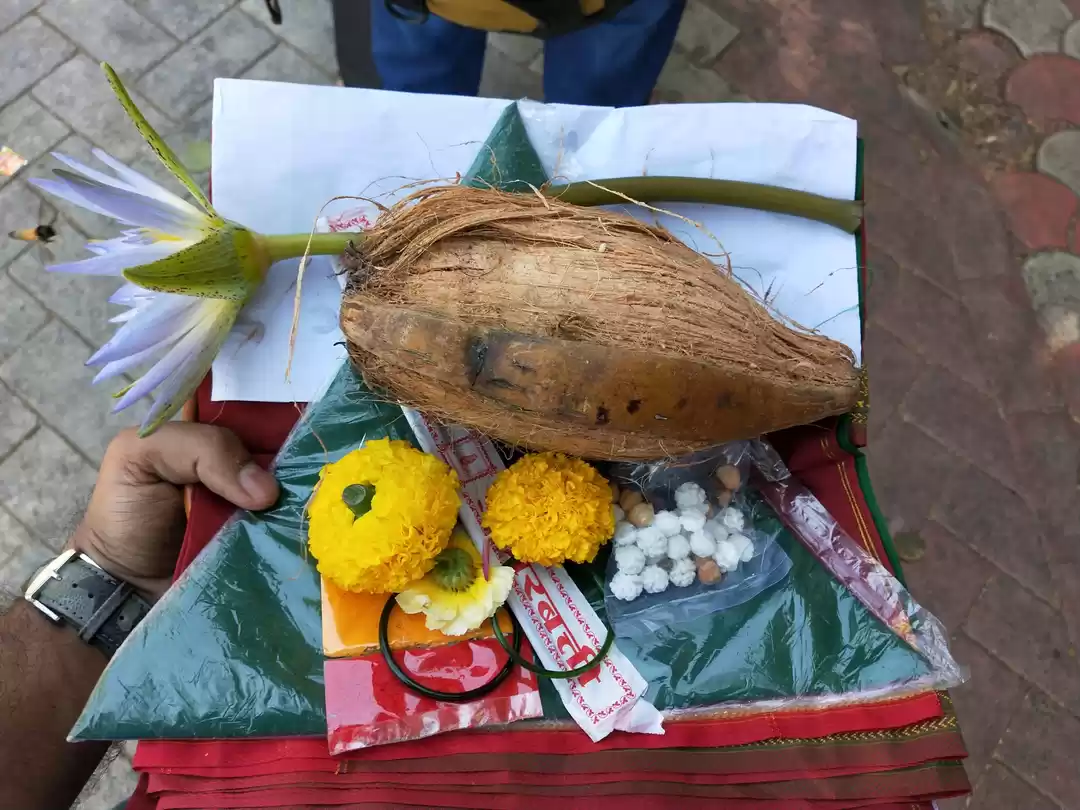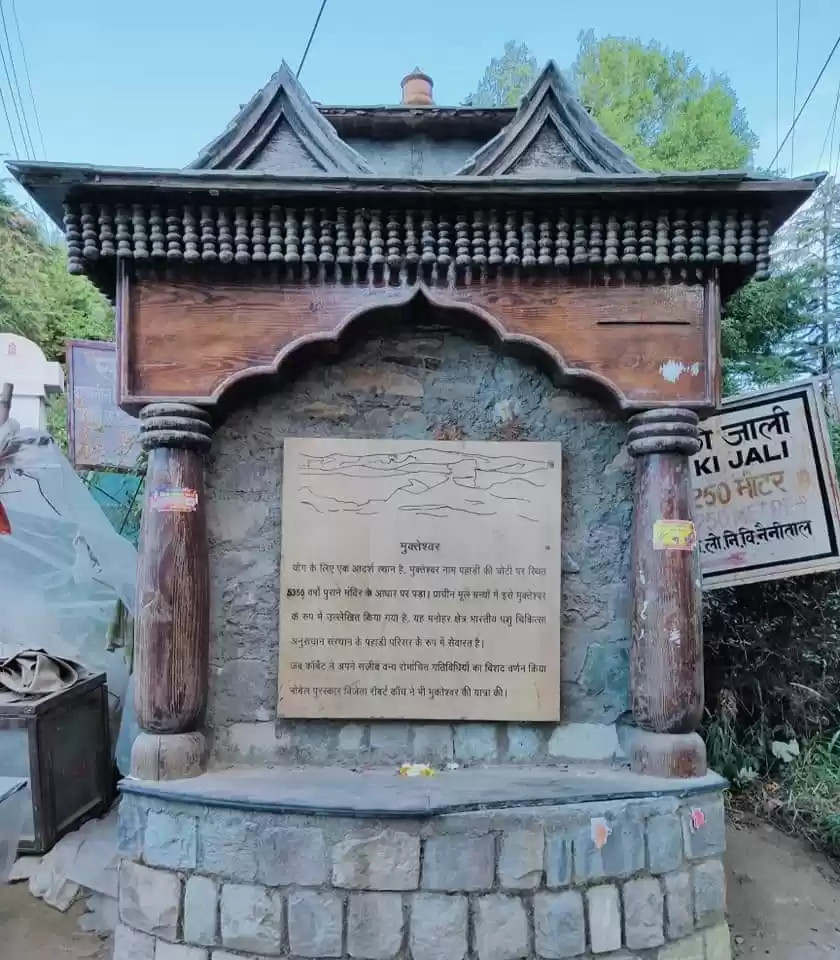Are you looking for a unique and spiritual experience in Maharashtra? If yes, then you should visit the Jyotiba Temple in Kolhapur, a sacred and vibrant place that attracts millions of devotees every year. Jyotiba Temple is dedicated to Lord Jyotiba, an incarnation of Lord Shiva, Lord Vishnu, and Lord Brahma. The temple is located on a hilltop, offering a panoramic view of the green and black mountains and the colorful valley below.
The temple is famous for its annual festival of Chaitra Poornima, when the devotees throw and play with gulal (colored powder), creating a spectacle of joy and devotion. The temple is also visited by many people on Sundays, when the temple is illuminated by thousands of lamps and the sound of bells and chants fills the air.
In this article, we will tell you everything you need to know about the Jyotiba Temple, its history, its significance, its festival, its rituals, its timings, its entry fee, how to reach, nearby places, and tips for a smooth and enjoyable trip. Read on to discover the beauty and divinity of the Jyotiba Temple.
How to Reach Jyotiba Temple
Jyotiba Temple is located about 18 km from Kolhapur, the nearest city to the temple. You can reach Kolhapur by air, rail, or road from various parts of India. The nearest airport to Kolhapur is the Kolhapur Airport, which is about 10 km from the city center. The nearest railway station to Kolhapur is the Kolhapur Railway Station, which is about 3 km from the city center. You can also reach Kolhapur by bus or car from Mumbai, Pune, Bangalore, Hyderabad, and other cities.
From Kolhapur, you can take a bus, a taxi, or a private vehicle to reach the Jyotiba Temple. The road to the temple is well-maintained and scenic, passing through the lush greenery and the rocky hills. The journey takes about 45 minutes to an hour, depending on the traffic and the weather. You can also hire a jeep or a rickshaw from the Wadi Ratnagiri village, which is about 5 km from the temple. The jeep or the rickshaw will take you to the base of the hill, where you have to climb about 500 steps to reach the temple. Alternatively, you can also take a ropeway from the base of the hill to the temple, which costs Rs. 50 per person for a round trip. The ropeway offers a thrilling and scenic ride, giving you a bird’s eye view of the valley and the temple.
Some tips and suggestions for traveling to the Jyotiba Temple are:
The best time to visit the Jyotiba Temple is during the months of March to May, when the festival of Chaitra Poornima takes place. The festival is celebrated on the full moon day of the Hindu month of Chaitra, which usually falls in April. The festival attracts lakhs of devotees, who come to play with gulal and seek the blessings of Lord Jyotiba. The temple and the surroundings are decorated with colorful flags and flowers, and the atmosphere is festive and lively. However, if you want to avoid the crowd and the heat, you can also visit the temple during the monsoon or the winter season, when the weather is pleasant and the nature is green and fresh.
The weather at the Jyotiba Temple is usually hot and dry, with the temperature ranging from 25°C to 40°C. You should carry sunscreen, sunglasses, hats, and water bottles to protect yourself from the sun and the dehydration. You should also wear comfortable clothes and shoes, as you have to climb the stairs or take the ropeway to reach the temple. You should also carry some warm clothes, as the temperature may drop at night or during the rainy season.
The road to the Jyotiba Temple is narrow and winding, so you should drive carefully and follow the traffic rules. You should also avoid driving at night, as the road may not be well-lit and there may be wild animals on the way. You should also park your vehicle at the designated parking area near the temple, and pay the parking fee of Rs. 10 per vehicle.
Jyotiba Temple Timings and Entry Fee
Jyotiba Temple is open every day from 5:30 am to 9:30 pm. The temple is especially crowded on Sundays, when many devotees visit the temple to offer their prayers and witness the grand aarti (worship ceremony) that takes place in the evening. The temple is also busy during the festival of Chaitra Poornima, when the temple remains open for 24 hours to accommodate the huge number of visitors.
There is no entry fee to visit the Jyotiba Temple, but you have to pay a nominal fee of Rs. 5 per person to enter the sanctum sanctorum, where the main idol of Lord Jyotiba is installed. You can also make donations or offerings to the temple, such as flowers, fruits, sweets, coconuts, or money. You can also buy prasad (holy food) from the temple premises, which is distributed to the devotees after the aarti.
Some tips and suggestions for visiting the Jyotiba Temple are:
- You should follow the dress code and the etiquette of the temple, such as covering your head, removing your shoes, and maintaining silence and cleanliness. You should also respect the customs and the beliefs of the temple and the devotees, and avoid any kind of disturbance or offense.
- You should be careful of the monkeys and the dogs that roam around the temple, as they may snatch your belongings or bite you. You should not feed or tease them, and keep your valuables and food items in a safe place.
- You should also be aware of the touts and the beggars that may approach you near the temple, and ask for money or favors. You should not fall for their tricks or scams, and politely refuse their requests.
Jyotiba Temple History and Significance
Jyotiba Temple has a rich and fascinating history, dating back to the 18th century. According to the legend, Lord Jyotiba is an incarnation of Lord Shiva, Lord Vishnu, and Lord Brahma, who came to earth to kill the demon Ratnasur, who was terrorizing the people of Kolhapur. Lord Jyotiba fought with the demon on the Jyotiba hill, and killed him with his trident. He then decided to stay on the hill, and protect the people from the evil forces. He also blessed the hill with his divine light, which is why the hill is also known as Jyotiba Dongar (Jyotiba Hill).
The temple was built by Navji Saya, a devotee of Lord Jyotiba, in 1730. The temple was later renovated and expanded by Ranoji Shinde, another devotee of Lord Jyotiba, in 1818. The temple has a beautiful and unique architecture, with four domes, three light towers, and two staircases. The temple is made of stone and lime, and painted in bright colors of red, yellow, and blue. The temple has a spacious courtyard, where the devotees gather and play with gulal. The temple also has a hall, where the devotees can rest and eat.

The main idol of Lord Jyotiba is installed in the sanctum sanctorum, which is covered with a silver sheet. The idol is about 12 feet tall, and has four arms, holding a trident, a sword, a drum, and a flag. The idol is adorned with a crown, a necklace, and a garland. The idol is also surrounded by other idols of Lord Shiva, Lord Vishnu, Lord Brahma, and Lord Hanuman. The devotees believe that Lord Jyotiba fulfills their wishes and grants them prosperity and happiness.
Jyotiba Temple is one of the most significant and revered pilgrimage sites in Maharashtra, and attracts devotees from all over India and abroad. The temple is especially popular among the Dhangar (shepherd) community, who consider Lord Jyotiba as their patron deity. The temple is also visited by people of other faiths and backgrounds, who come to seek the blessings of Lord Jyotiba and experience the spiritual and cultural diversity of the temple.
Jyotiba Temple Festival and Rituals
Jyotiba Temple is known for its festival of Chaitra Poornima, which is celebrated on the full moon day of the Hindu month of Chaitra, which usually falls in April. The festival is also known as Jyotiba Yatra or Jyotiba Fair, and is one of the largest and most colorful festivals in Maharashtra. The festival attracts lakhs of devotees, who come to play with gulal and seek the blessings of Lord Jyotiba. The festival is celebrated for three days, starting from the day before the full moon day, and ending on the day after the full moon day.

The festival begins with the procession of the palanquin of Lord Jyotiba, which is carried by the devotees from the temple to the Wadi Ratnagiri village. The procession is accompanied by music, dance, and chants, and the devotees throw gulal on each other and on the palanquin. The palanquin is then kept at the village for the night, and the devotees enjoy the cultural programs and the food stalls.
The next day, the palanquin is brought back to the temple, and the devotees perform the abhishek (ritual bath) of Lord Jyotiba with milk, honey, and water. The devotees also offer flowers, fruits, sweets, coconuts, and money to the deity, and receive the prasad and the blessings. The devotees then play with gulal again, and create a riot of colors and joy. The gulal is considered to be sacred and auspicious, and the devotees apply it on their foreheads and bodies.
The third day, the devotees bid farewell to Lord Jyotiba, and thank him for his grace and protection. The devotees also take some gulal with them, and distribute it to their family and friends. The festival ends with a sense of happiness and gratitude, and the devotees look forward to the next year.
Another important day for the Jyotiba Temple is Sunday, when the temple is visited by many people, especially the Dhangar community. The devotees believe that Sunday is the most auspicious day to worship Lord Jyotiba, and they offer him special prayers and offerings. The temple is also illuminated by thousands of lamps, and the sound of bells and chants fills the air. The devotees witness the grand aarti that takes place in the evening, and feel the presence and the power of Lord Jyotiba.
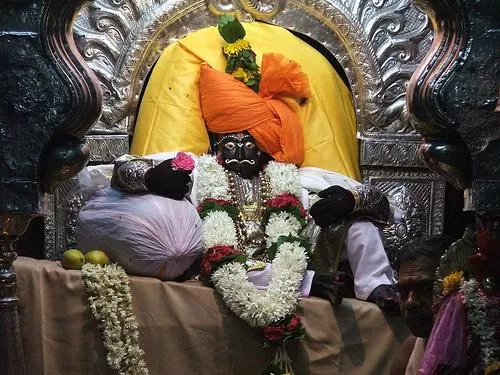
The pooja and aarti schedule of the Jyotiba Temple is as follows:
Morning Pooja: 5:30 am to 6:00 am
Morning Aarti: 6:00 am to 6:30 am
Afternoon Pooja: 12:00 pm to 12:30 pm
Afternoon Aarti: 12:30 pm to 1:00 pm
Evening Pooja: 7:00 pm to 7:30 pm
Evening Aarti: 7:30 pm to 8:00 pm
The offerings made to Lord Jyotiba include flowers, fruits, sweets, coconuts, money, and gulal. The devotees also offer him a special dish called khichdi, which is made of rice, lentils, and spices. The khichdi is cooked in large pots on the temple premises, and distributed to the devotees as prasad.
Nearby Places to Visit
If you are visiting the Jyotiba Temple, you can also explore some nearby places to visit, such as the Mahalaxmi Temple, the Rankala Lake, and the Siddhagiri Museum in Kolhapur. These places are within a short distance from the temple, and offer a variety of attractions and experiences.

Mahalaxmi Temple:
Mahalaxmi Temple is one of the most famous and sacred temples in Maharashtra, dedicated to Goddess Mahalaxmi, the consort of Lord Vishnu. The temple is also known as Shri Ambabai Temple, and is one of the Shakti Peethas, where the left ear of Goddess Sati fell. The temple is about 18 km from the Jyotiba Temple, and can be reached by bus, taxi, or private vehicle.
The temple is open every day from 4:00 am to 10:30 pm, and has no entry fee. The temple has a magnificent and ancient architecture, with a dome, a tower, and a hall. The main idol of Goddess Mahalaxmi is made of black stone, and is adorned with jewels and a crown. The idol is also surrounded by other idols of Goddess Saraswati, Goddess Lakshmi, and Lord Ganesh. The devotees believe that Goddess Mahalaxmi fulfills their wishes and grants them wealth and prosperity.

Rankala Lake:
Rankala Lake is a beautiful and serene lake in Kolhapur, which was once a stone quarry. The lake is about 20 km from the Jyotiba Temple, and can be reached by bus, taxi, or private vehicle. The lake is open every day from 6:00 am to 9:00 pm, and has no entry fee. The lake is a popular spot for boating, horse riding, cycling, and walking. The lake also has a garden, a temple, a statue, and a fountain. The lake offers a relaxing and refreshing escape from the hustle and bustle of the city, and a scenic view of the sunset and the moonrise.

Siddhagiri Museum:
Siddhagiri Museum is a unique and interesting museum in Kolhapur, which showcases the rural life and culture of Maharashtra. The museum is about 25 km from the Jyotiba Temple, and can be reached by bus, taxi, or private vehicle. The museum is open every day from 9:00 am to 6:00 pm, and has an entry fee of Rs. 100 per person. The museum is spread over 7 acres of land, and has more than 300 statues and models of villagers, animals, and scenes. The museum depicts the various aspects and activities of the rural life, such as farming, fishing, weaving, pottery, festivals, rituals, education, health, and entertainment. The museum also has a temple, a library, a cafeteria, and a souvenir shop. The museum is a great place to learn and appreciate the rural heritage and lifestyle of Maharashtra.
Jyotiba Temple is a must-visit destination for anyone who wants to experience the colorful and divine pilgrimage site in Kolhapur. The temple offers a unique and spiritual experience, with its history, its significance, its festival, its rituals, its timings, its entry fee, how to reach, nearby places, and tips. The temple is a place where you can feel the presence and the power of Lord Jyotiba, and enjoy the culture and the nature of Kolhapur.
So, what are you waiting for? Book your trip to the Jyotiba Temple with us and get a 10% discount on your accommodation and transportation. You can also share this article with your friends and family, and invite them to join you on this amazing journey.
Or, you can leave a comment below and tell us your feedback and suggestions. We would love to hear from you. Thank you for reading, and have a wonderful day.

